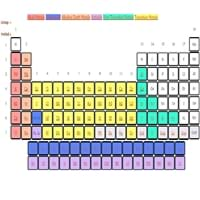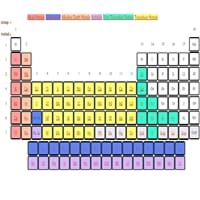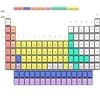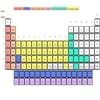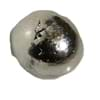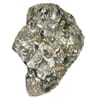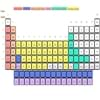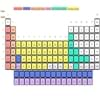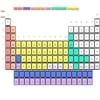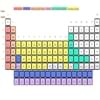Copernicium vs Livermorium
Periodic Table
Symbol
Cn
Lv
Group Number
12
6
16
2
Period Number
7
7
Block
d block
p block
Element Family
Transition Metal
Probably Post-Transition
CAS Number
54084263
7
54100719
3
Space Group Name
Not Available
Not Available
Space Group Number
Not Available
Not Available
Facts
Interesting Facts
Not Available
Not Available
Sources
Synthetically Produced
Synthetically Produced
History
Who Discovered
Gesellschaft für Schwerionenforschung
Joint Institute for Nuclear Research and Lawrence Livermore National Laboratory
Discovery
In 1996
In 2000
Abundance
Uses
Uses & Benefits
- Currently known uses of Copernicium metal are limited to research purpose only.
- Currently known uses of Livermorium metal are limited to research purpose only.
Industrial Uses
NA
NA
Medical Uses
NA
NA
Other Uses
Research Purposes
Research Purposes
Biological Properties
Present in Human Body
No
No
Physical Properties
Melting Point
Not Available
Not Available
Boiling Point
Not Available
Not Available
Appearance
Physical State
Solid
Solid
Luster
Unknown Luster
Unknown Luster
Hardness
Speed of Sound
Not Available
Not Available
Optical Properties
Allotropes
No
No
α Allotropes
Not Available
Not Available
β Allotropes
Not Available
Not Available
γ Allotropes
Not Available
Not Available
Chemical Properties
Chemical Formula
Cn
Lv
Isotopes
Known Isotopes
1
34
5
32
Electronegativity
Electropositivity
Ionization Energies
1st Energy Level
1,154.90 kJ/mol
2
723.60 kJ/mol
28
2nd Energy Level
2,170.00 kJ/mol
9
1,331.50 kJ/mol
99+
3rd Energy Level
4,245.40 kJ/mol
9
2,846.30 kJ/mol
34
4th Energy Level
5,499.70 kJ/mol
14
3,811.20 kJ/mol
99+
5th Energy Level
Not Available
6,078.60 kJ/mol
24
Electrochemical Equivalent
Not Available
Not Available
Electron Work Function
Not Available
Not Available
Other Chemical Properties
Ionization, Radioactive Isotopes, Radioactivity
Chemical Stability, Ionization
Atomic Properties
Atomic Number
112
6
116
2
Electron Configuration
[Rn] 5f14 6d10 7s2
[Rn] 5f14 6d10 7s2 7p4
Crystal Structure
Hexagonal Close Packed (HCP)
Not Known
Crystal Lattice
BCC-Crystal-Structure-.jpg#100
Unknown-Crystal-Structure-of-Livermorium.jpg#100
Atom
Number of Protons
112
6
116
2
Number of Neutrons
Not Available
160
4
Number of Electrons
112
6
116
2
Radius of an Atom
Atomic Radius
147.00 pm
34
Not Available
Covalent Radius
122.00 pm
99+
Not Available
Atomic Weight
285.00 amu
5
293.00 amu
2
Atomic Volume
Not Available
Not Available
Adjacent Atomic Numbers
Valence Electron Potential
Not Available
Not Available
Lattice Constant
Not Available
Not Available
Lattice Angles
NA
NA
Lattice C/A Ratio
Not Available
Not Available
Mechanical Properties
Density
Density At Room Temperature
23.70 g/cm3
7
Not Available
Tensile Strength
Not Available
Not Available
Viscosity
Not Available
Not Available
Vapor Pressure
Elasticity properties
Poisson Ratio
Not Available
Not Available
Other Mechanical Properties
Unknown
Unknown
Magnetic Properties
Magnetic Characteristics
Magnetic Ordering
Unknown
Paramagnetic
Electrical Properties
Thermal Properties
Specific Heat
Not Available
Not Available
Molar Heat Capacity
Not Available
Not Available
Thermal Conductivity
Not Available
Not Available
Critical Temperature
Not Available
Not Available
Thermal Expansion
Not Available
Not Available
Enthalpy
Standard Molar Entropy
Not Available
Not Available
|
||
|
||
|
